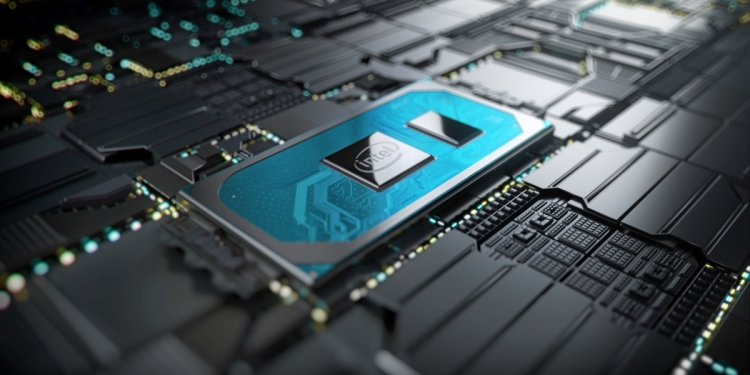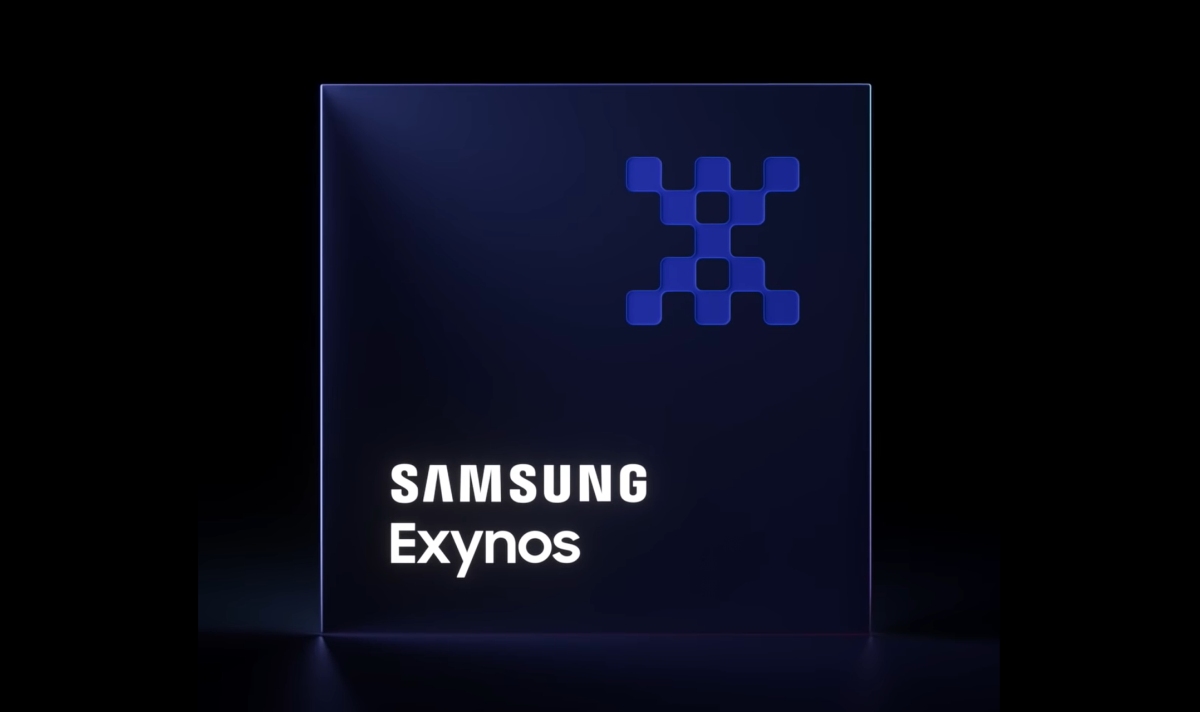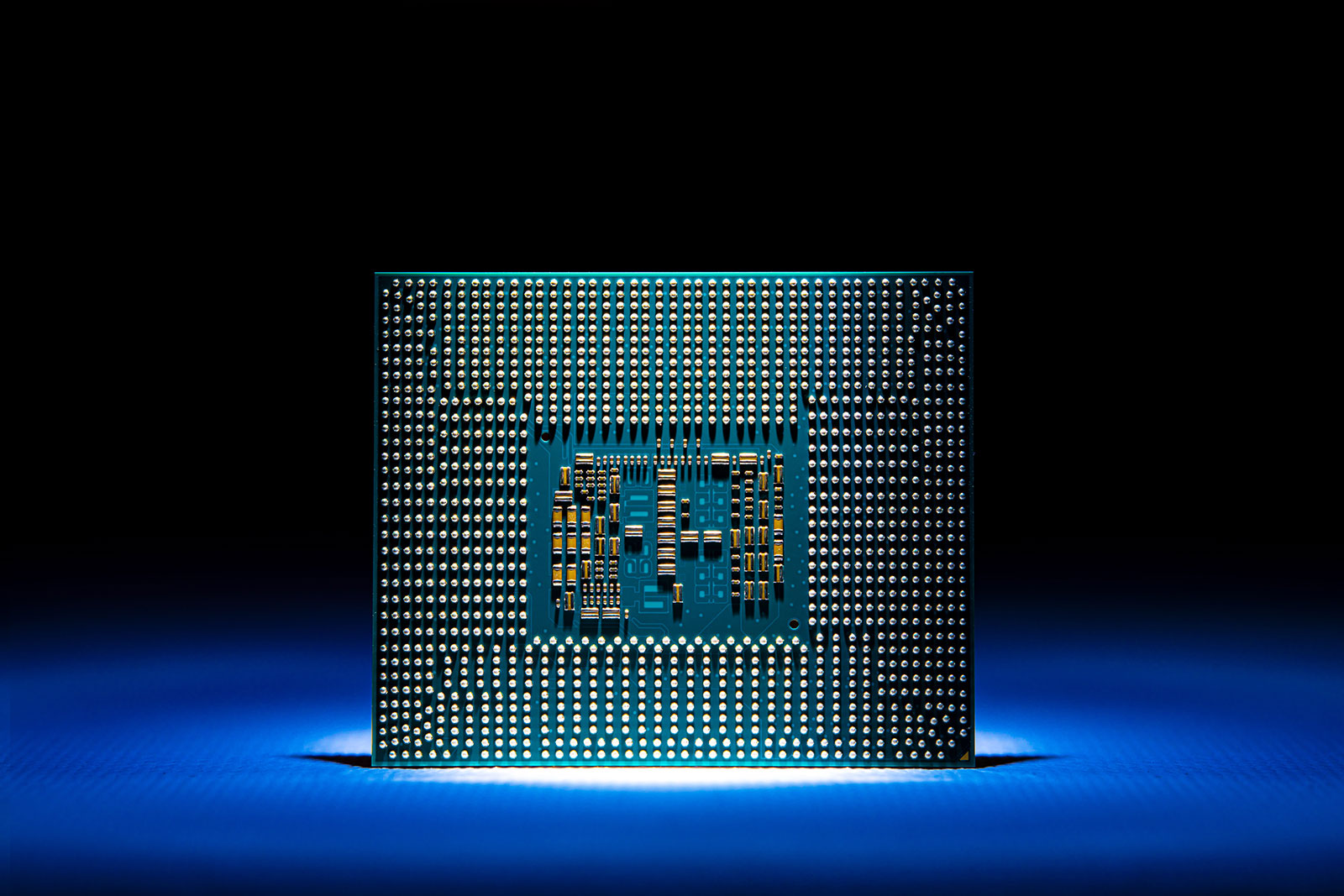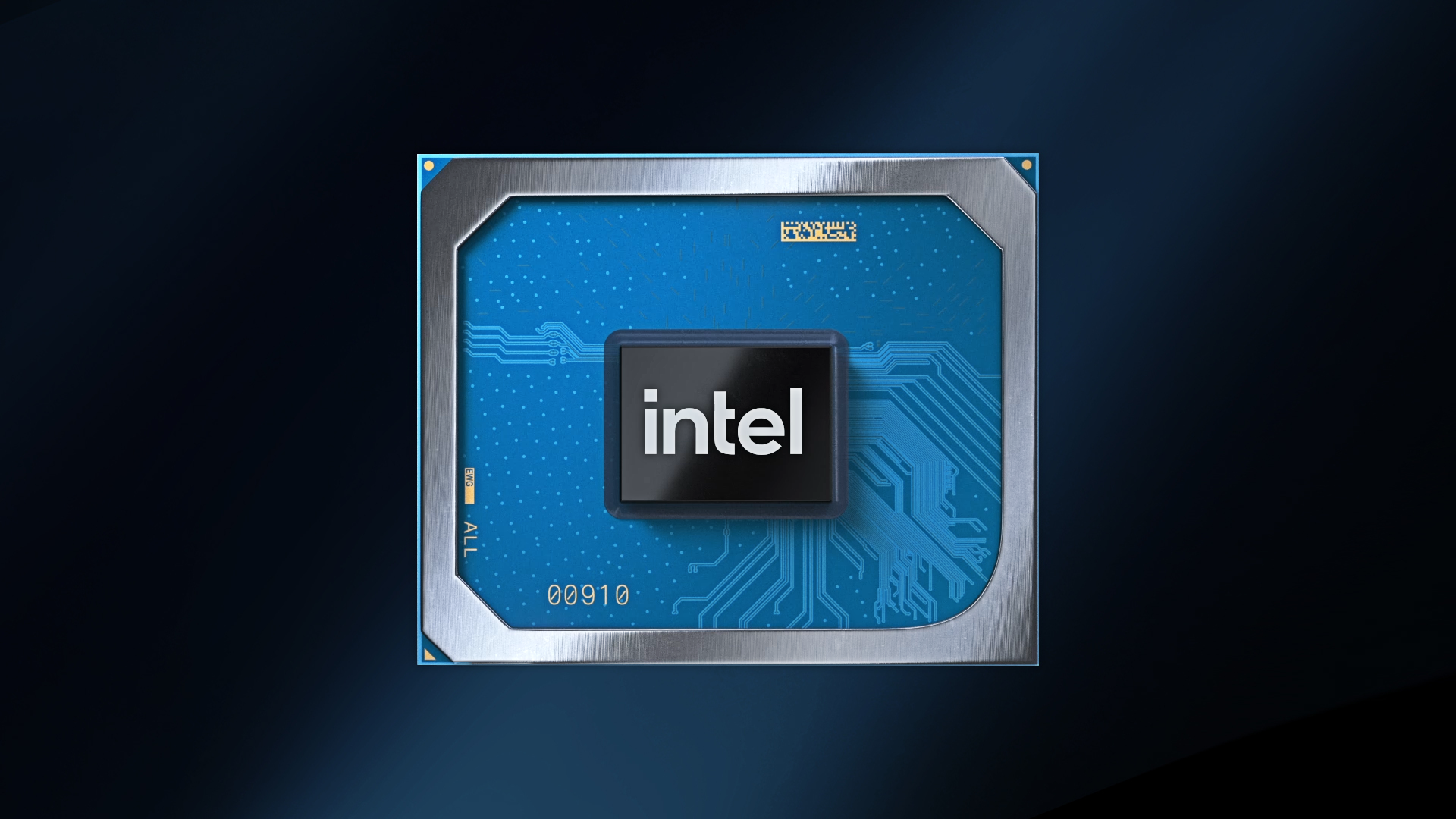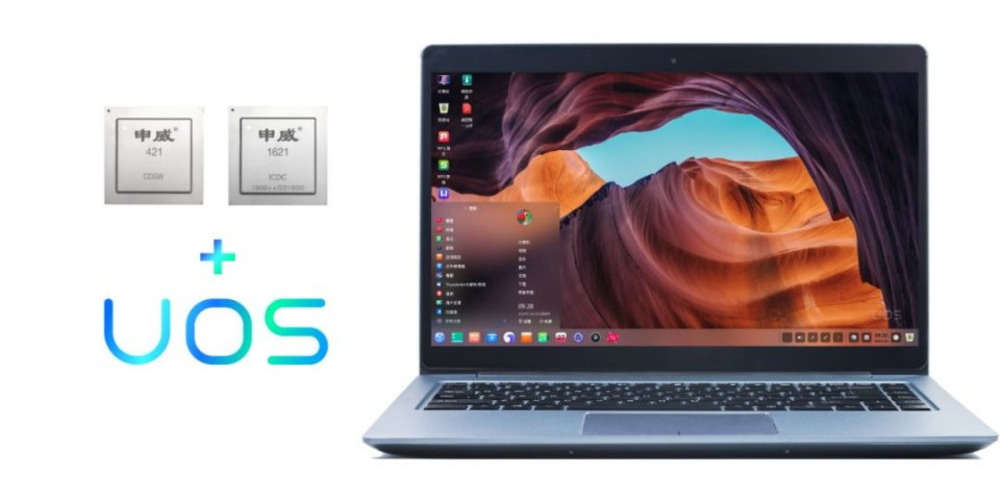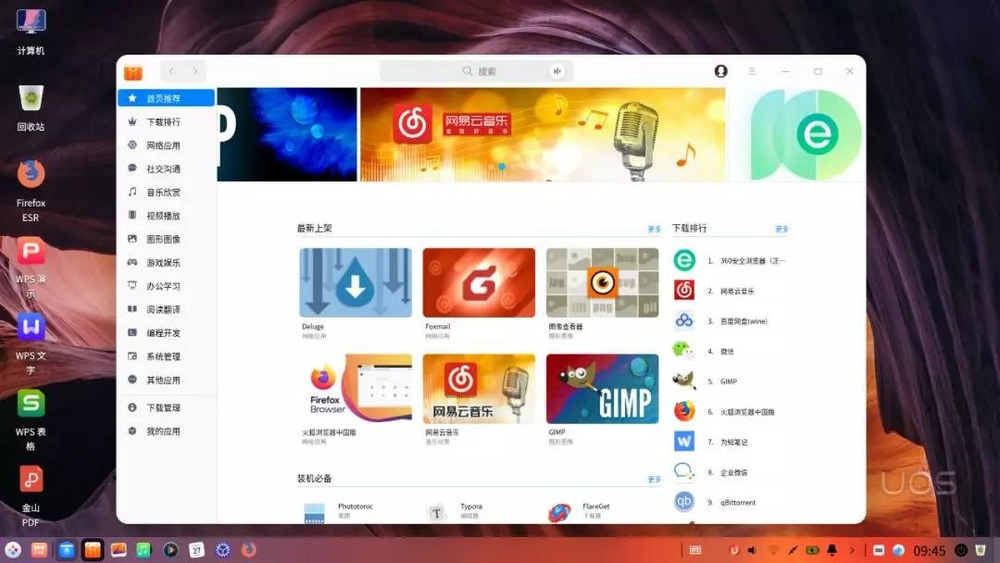In what is perhaps one of the biggest international news stories of the week, the US Senate has approved the US Innovation and Competition Act. It’s already been called the most significant piece of legislation passed in a while now, and it’ll have a huge impact on not just the US economy, but for many others around the world too.
Put very simply, it approves USD250 billion in funding and subsidies to help America’s technology industry. It’s set to boost their competitiveness and strengthen national security. The bill would pump funding to artificial intelligence research, robotics, supercomputers and the semiconductor manufacturing industry. Such is the importance of the US Innovation and Competition Act that President Biden had applauded both parties in the Senate for passing the bill.
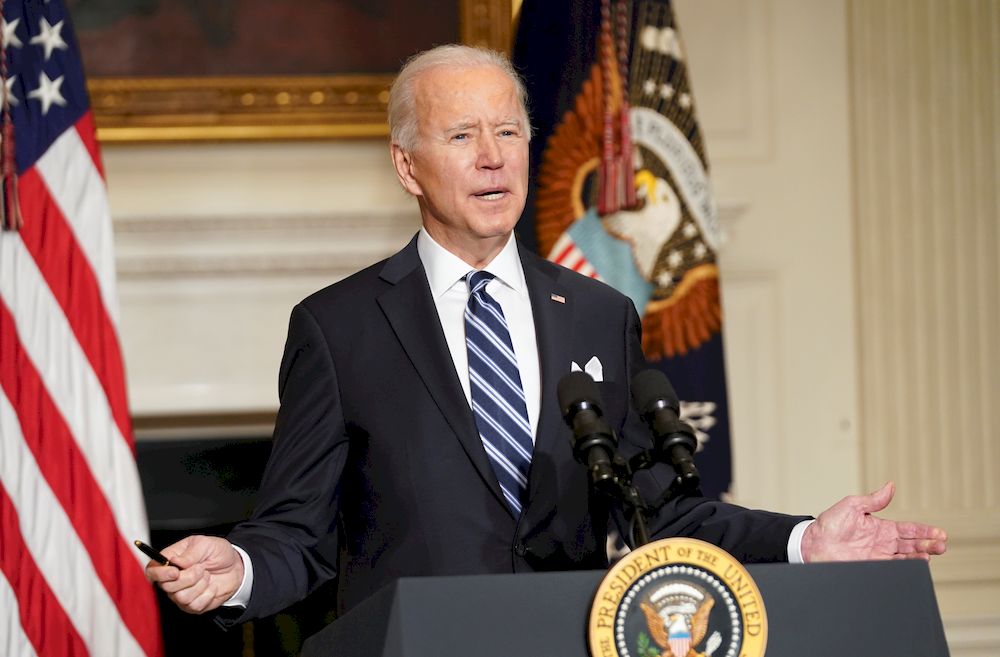
That semiconductor industry is seen as an especially key part of the bill, in light of the global semiconductor shortages that’s been happening since last year. USD52 billion will go towards semiconductor manufacturing companies, in a bid to increase production of chips that don’t just go into your computer, but vehicles, smartphones and your game consoles too.
Another key reason behind the massive funding for semiconductor manufacturing however is that the US only makes roughly 12% of the world’s semiconductors prior to this. In contrast, China’s manufacturing capacity has been on the rise, with 15% of global production right now. Taiwan – thanks in no small part to the Taiwan Semiconductor Manufacturing Company (TSMC) – is the current world leader in semiconductor production, with South Korea and Japan among other major producers.
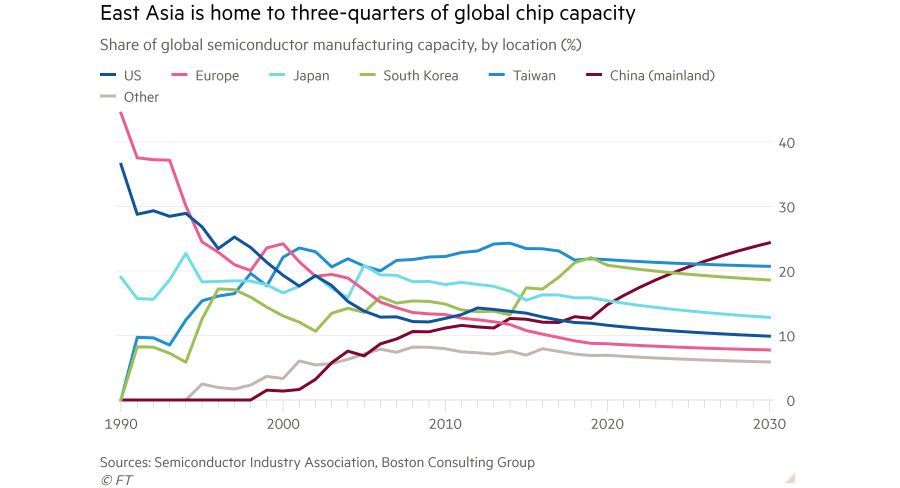
We’ve already seen a few companies kickstart the effort to build new semiconductor foundries in the US, with TSMC building a new fabrication plant in Arizona, US. Intel are also planning two more factories in Arizona, and Samsung are building a plant in Texas too. These four fabs together are set to increase the US’ production of semiconductors, although whether it’s enough to cover the rising need for silicon – especially if the trade war between the US and China cuts off supply from one nation to the other.
If anything, the US Innovation and Competition Act could also be seen as a response to China already moving towards their own world of silicon self dependency. Dubbed the 3-5-2 policy, the Chinese government issued a directive in 2019 calling for Chinese-made alternatives to become the norm within three years. The goal is for local tech to replace 30% of foreign-made hardware and software in 2020, 50% in 2021 and 20% in 2022, hence the 3-5-2 moniker. They have a head start too, have already set aside USD155 billion to spend on their semiconductor manufacturing capacity, dwarfing America’s USD52 billion semiconductor budget.
Take for example the Shanghai Zhaoxin Semiconductor company, or Zhaoxin for short. If you thought that the only x86 computer processors come from Intel or AMD, you’d be wrong. Zhaoxin started off as a joint venture project between VIA Technologies and the Shanghai Municipal Government. While VIA no longer makes computer processors, they do still own an x86 license, which is why the Shanghai government collaborated with them to make Chinese CPUs to rival Intel and AMD.
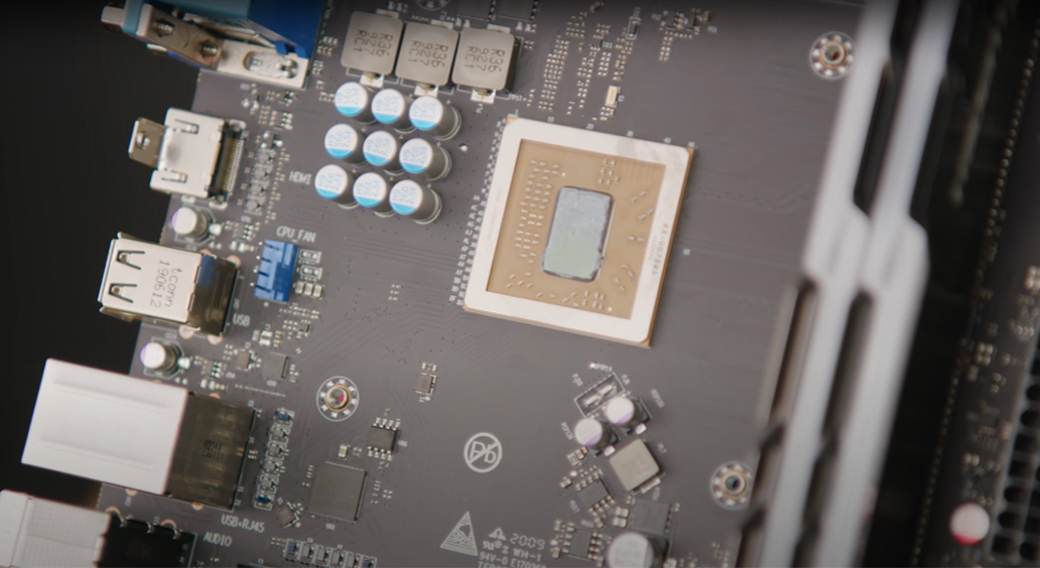
But before you call Zhaoxin CPUs the new ‘Team Red’, their processors aren’t exactly great. Their 2019 processors were built on the aging 16nm process, and performed similar to 3rd Gen Intel i5 chips – so not great. However, in the context of having to start from almost nothing just a couple of years back, it’s still an impressive feat. And while Zhaoxin won’t be tearing up the Cinebench benchmark scores anytime soon, it’s a clear example of the Chinese government’s wish to move away from technological hardware and software made by other countries, namely the United States.
Even Windows might be at risk too. A Chinese homegrown Linux-based operating system called the Unified Operating System (UOS) marks another major step in China’s goal to wean off foreign technology. UOS boasts that it can now boot in just 30 seconds using Chinese CPUs, which depending on how you look at it is either quite impressive or quite lackluster.
With that in mind, the US Innovation and Competition Act still makes a lot more sense for them, both in terms of the near future and the long run. It’s a safety net for not just America, but countries allied to them too. And if anything, the one takeaway for PC enthusiasts everywhere is that there might just be more computer parts available soon.

